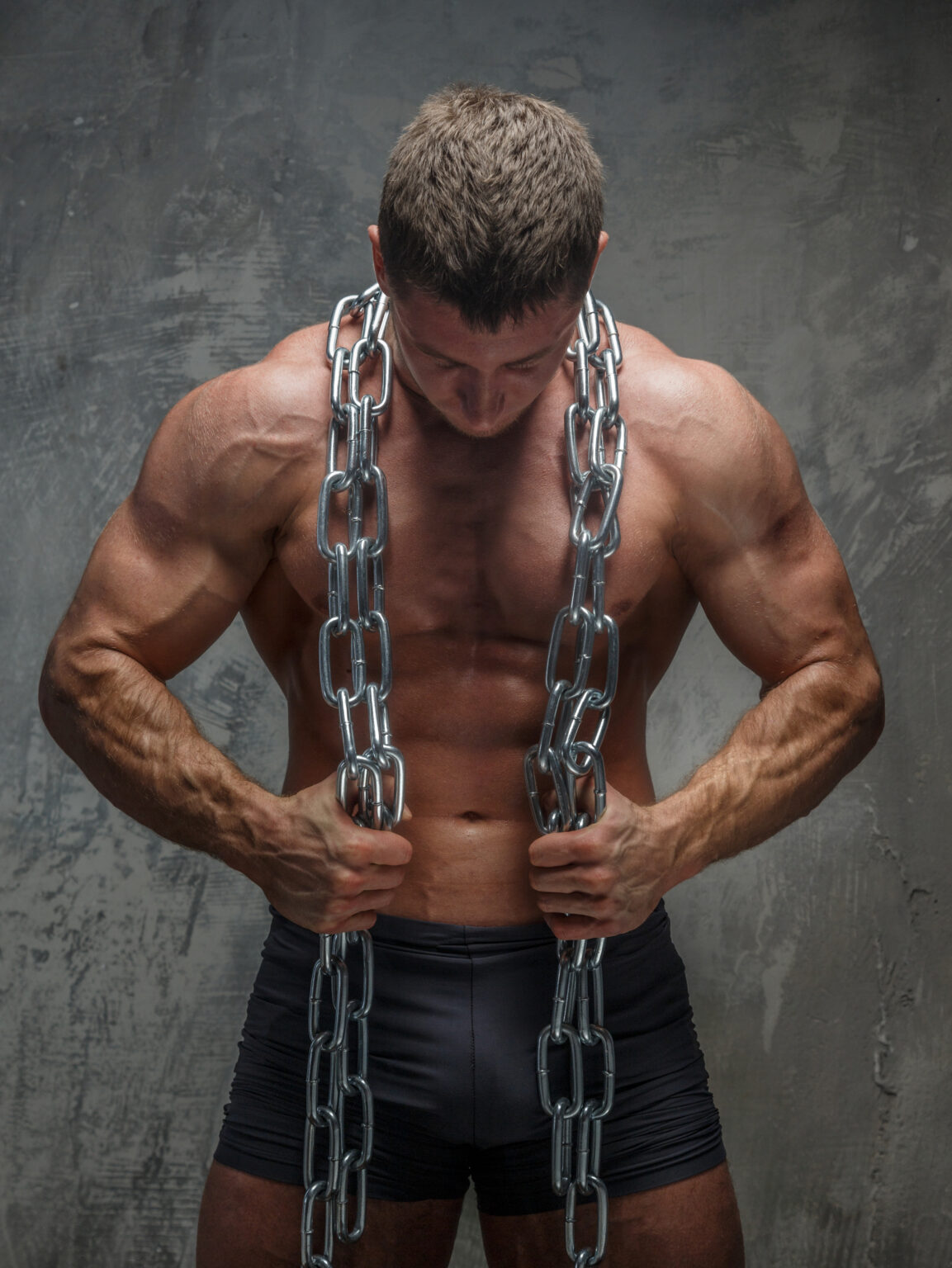This is an important question in the training process, and you often hear that the optimal rest period is between 30 and 90 seconds. But how true is this?
When it comes to hypertrophy training, a program includes many variables: training frequency, split, exercise selection, repetition range and number of reps. What is often forgotten, however, is the rest between reps.
Many program designers place more emphasis on split and exercise selection than on rest. Sometimes this is even left unstated, leaving the practitioner to fill in the gap with their own information.
However, our awareness of the importance of rest is growing. Rest between sets can be effectively manipulated to influence the results of an exercise program.
In this article, we will look at how the length of rest between sets can affect your training results and whether there is an optimal rest period for building muscle mass.
Standard Recommendation
While many lifters simply rest as long as necessary to stay warm between lifts, the standard recommended rest period between lifts for hypertrophy training is 30-90 seconds. For example, when performing bench presses, it is recommended to rest 30-90 seconds before the next attempt.
Some people prefer shorter rest periods (30-60 seconds), while others prefer slightly longer rest periods (60-90 seconds). Rest periods can often vary depending on the type of exercise, as can shorter rest periods between reps for isolation exercises versus full-body exercises.

Regardless of the exact duration, a rest interval of 30 to 90 seconds is certainly considered workable for many bodybuilders. This is enough time for lactic acid levels to drop and for you to recover a bit. However, your muscles need more time to fully recover, making each subsequent attempt more challenging.
Resting 30 to 90 seconds between reps ensures good pumping, which creates the mechanical and metabolic stress necessary for hypertrophy. However, while these rest intervals are effective, their drawbacks must be considered.
Some of the factors that influence the amount of rest time required between bouts in order to maximize muscle growth include the following aspects:
- Accumulated fatigue: With incomplete rest between sets, the number of repetitions may decrease from set to set, ultimately affecting the quality and volume of the workout. For example, if you performed 12 repetitions on your first set, that number may decrease on subsequent sets (9, 7, and so on). This can make your workout less effective.
- Cardiovascular Overload: Hypertrophy training typically involves anaerobic exercise, which can cause heavy breathing and rapid heart rate. This can limit the number of repetitions because the heart and lungs may fatigue before the muscles.
- “Rush factor”: Short pauses between attempts leave little time to recover and prepare for the next attempt. This can affect the quality of exercise performance and make the workout less productive.
- In support of longer rest periods, evidence suggests that rest periods longer than three minutes can be effective for developing maximal strength. In maximal strength training, where heavy weights are used and low repetitions are performed, longer rest periods are required to allow the central nervous system to fully recover.
It is important to find a balance between rest and training intensity, and optimal rest times may vary depending on your goals and individual body characteristics.
Longer rest periods when training for hypertrophy:
According to a growing number of studies and meta-analyses, longer rest periods may have a greater impact on muscle growth, not just strength gains.
Longer rest periods between reps (3-5 minutes) allow heavier weights to be lifted, creating more mechanical stress and performing more reps with heavier weights, which is associated with greater hypertrophy. This results in an increase in training volume, which is the product of weight, reps, and approaches.

A higher total training volume is usually associated with a greater adaptive response from the body. In addition, lifting heavier weights also increases your strength, which makes future workouts more productive and allows you to train with even greater intensity.
The effect of resting for three minutes instead of one also manifests itself in a lower rating of perceived exertion (RPE). A high RPE is usually associated with feelings of fatigue and decreased motivation. On the other hand, if your RPE is lower, you tend to train more efficiently and for longer, which results in a more stimulating workout.
It is important to note, however, that longer rest periods may increase the length of your workouts. This is important to keep in mind, especially if you have limited time and need to fit a workout into a busy schedule.
How to use this information:
Although 30- to 90-second rest periods between sets are effective, longer rest periods may provide more benefits. Longer rest periods are especially beneficial for complex compound exercises such as squats, deadlifts, and bench presses, which require more effort and can lead to higher levels of hypertrophy.
For isolated exercises such as leg extensions and arm curls, shorter rest periods may be more appropriate. It is important to be flexible with this information and adjust rest based on the nature of the exercise and your individual needs.
Longer rest periods for hypertrophy training:
According to a growing number of studies and meta-analyses, longer rest periods may have a greater impact on muscle growth, not just strength gains.
Longer rest periods between reps (3-5 minutes) allow heavier weights to be lifted, creating more mechanical stress and performing more reps with heavier weights, which is associated with greater hypertrophy. This results in an increase in training volume, which is the product of weight, reps, and approaches.
A higher total training volume is usually associated with a higher adaptive response of the body. In addition, lifting heavier weights also increases your strength, which makes future workouts more productive and allows you to train with even greater intensity.
The effect of resting for three minutes instead of one is also manifested in a lower rating of perceived exertion (RPE). A high RPE is usually associated with feelings of fatigue and decreased motivation. On the other hand, if your RPE is lower, you tend to train more efficiently and for longer, which results in a more stimulating workout.
It is important to note, however, that longer rest periods may increase the length of your workouts. This is important to keep in mind, especially if you have limited time and are trying to fit a workout into a busy schedule.

How to use this information:
While 30- to 90-second breaks between attempts are effective, longer rest periods can provide more benefits. Longer rest periods are especially beneficial for complex compound exercises such as squats, deadlifts, and bench presses, which require more effort and can lead to higher levels of hypertrophy.
For isolated exercises such as leg extensions and arm curls, shorter rest periods may be more appropriate. It is important to be flexible with this information and tailor rest to the nature of the exercise and your individual needs.

